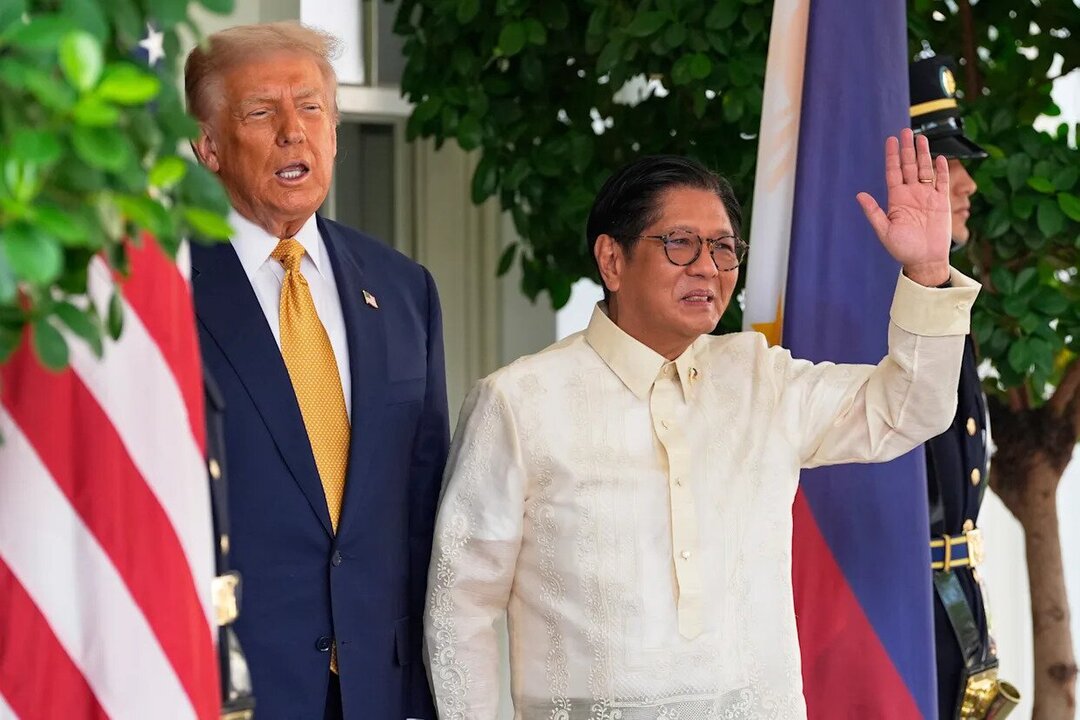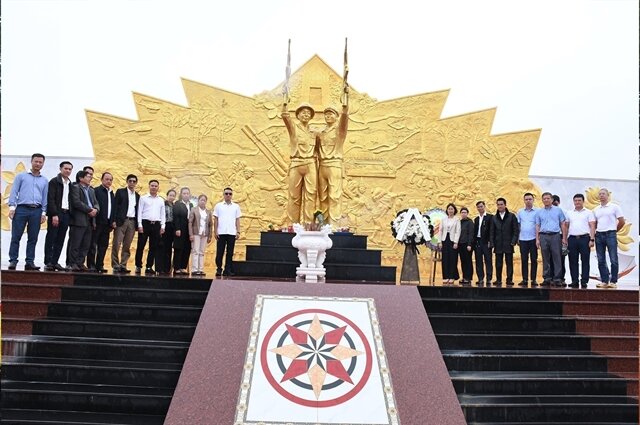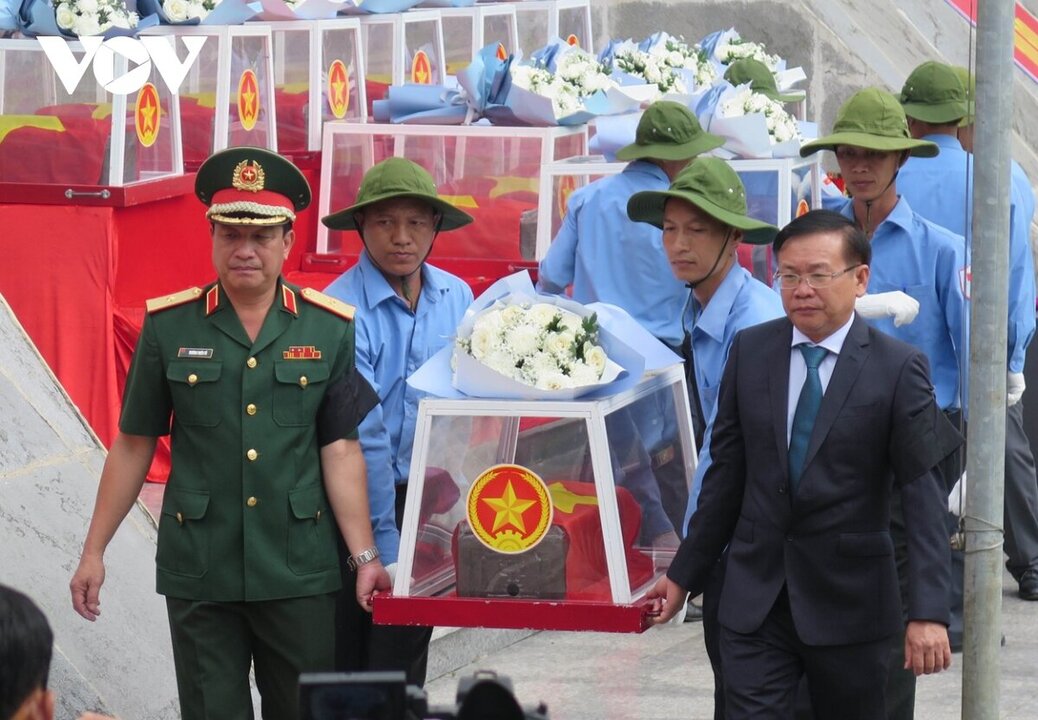
Analysts warn that the new trade barriers could trim GDP growth and increase inflationary pressures on imported raw materials.






































In a dramatic twist that left Brussels scrambling, President Donald Trump has secured what supporters are calling one of the boldest trade victories in recent memory: a new agreement slapping a fifteen percent tariff on all goods entering the U.S. from the European Union.
For decades, American industries have argued they were being undercut by unfair EU trade advantages. That era, it seems, is now over.
Trump didn’t just renegotiate. He reversed decades of lopsided trade policy, steamrolling the European bloc with a take-it-or-leave-it approach that ended in a rare public concession from European Commission President Ursula von der Leyen.
Von der Leyen attempted to downplay the severity of the outcome — but her tone betrayed what many interpreted as quiet resignation. “We should not forget where we would have been on the first of August,” she said. “We would have been at thirty percent and it would have been much more difficult… fifteen percent is… ummm… certainly a challenge for some, but we should not forget it keeps us the access to the American market.”
Her pause, her stammer — they spoke louder than the words.
Trump’s team framed the result as The Art of the Deal in full effect. The agreement was billed as a clean, across-the-board reset: no loopholes, no sector-specific exceptions. All EU exports to the U.S. face the same fifteen percent tariff.
The move is being hailed by supporters as a long-overdue correction to transatlantic trade terms that, in their view, allowed European bureaucrats to exploit American workers, farmers, and manufacturers while preaching fairness from across the Atlantic.
Critics within the EU fear this is just the beginning of a wider rebalancing of power. For now, one thing is clear: Trump forced the EU to blink. And the message couldn’t be louder — the globalist era of endless concessions is over.
Clashes between Thai and Cambodian forces entered a fourth day, resulting in at least twenty-three fatalities—ten in Thailand and thirteen in Cambodia—and widespread displacement. Shelling, artillery, and rocket strikes have been reported along several sectors of the contested border. Thailand asserts Cambodian forces fired first and launched attacks on civilian infrastructure, while Cambodia alleges Thai incursions and intensified bombardment.
President Donald Trump spoke with Cambodian Prime Minister Hun Manet and Thailand’s Acting Prime Minister Phumtham Wechayachai, urging an immediate ceasefire and stating that trade negotiations would be suspended while fighting continues. Cambodia agreed to pursue an unconditional ceasefire and tasked its foreign minister with coordinating with U.S. counterparts. Thailand confirmed its engagement but emphasized the need for genuine intent from Cambodia.
Both sides agreed to participate in peace talks in Malaysia, hosted by the Malaysian Prime Minister in his capacity as ASEAN chair. Acting Thai Prime Minister Phumtham Wechayachai and Cambodian Prime Minister Hun Manet are expected to attend. The United Nations and regional partners have also called for de-escalation.
More than one hundred sixty thousand people have been displaced across both countries, including over one hundred thirty thousand in Thailand and at least thirty-seven thousand in Cambodia. Dozens of civilians have been injured, and critical facilities such as schools and hospitals have sustained damage.





